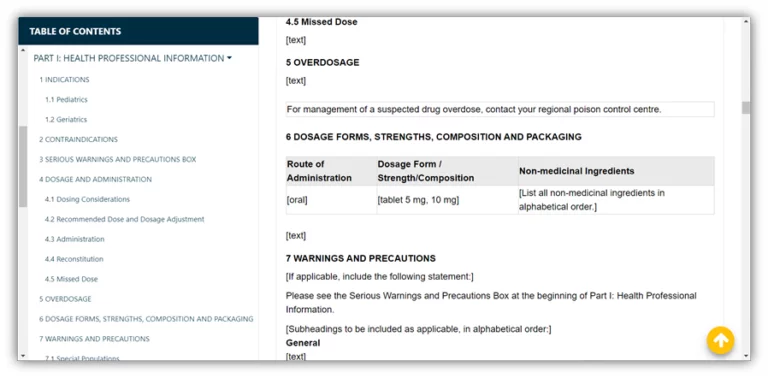
In today’s health product industry, software systems are commonly used in manufacturing, inventory control and Quality Management Systems (e.g., complaint handling, CAPA management, document control).
Due to their impact on product quality compliance, regulatory agencies such as FDA, Health Canada and EMA, to name a few, require that computerized systems be validated. However, this can be a challenging task for even the most experienced professionals and organizations.
Below are 5 of the most common challenges clients face with Computer System Validation (CSV):
- Poor organization and governance
Many companies have decentralized governance and the ownership and management of validation activities can vary from project to project and from one department to another. As a result, projects are not managed consistently with clear roles and responsibilities. Some are led by IT, others by business users or Quality Assurance. A lack of appropriate and well-defined roles and responsibilities can lead to an inefficient use of resources and misinterpretation of what it means to validate a system.
- Misinterpretation of standards and guidelines
The CSV project team should be experienced with CSV and in their knowledge of regulatory requirements and quality compliance. Without such expertise, key validation activities may be omitted or misinterpreted. As a result, project timelines may be extended and risks to regulatory compliance remain. Outsourcing CSV to a third party or augmenting the validation team with a third-party subject matter expert, will be necessary in most cases to avoid these issues.
- Mismanagement of requirements and the traceability matrix
A Traceability Matrix is a critical regulatory document that links requirements throughout the validation process to ensure that all requirements defined for a system are specified, designed and tested appropriately during each test phase (IQ, OQ and PQ protocols). The challenge here is not preparing the document itself but ensuring that system requirements meet user needs and GxP compliance in accordance with a well-defined validation methodology.
- Poorly defined acceptance criteria
In many cases, the expected results or acceptance criteria for CSV testing are not clearly communicated or defined in the Validation Plan or test protocols. Consequently, documentation and/or validation activities may not satisfy requirements put forth by regulatory agencies. Consequently, companies face compliance risk and a poor start to maintaining the computer system validation life cycle.
- Inefficient implementation of validation activities
CSV can be a time-consuming process. Coupled with decentralized governance, excessive work is often re-done by different parts of the team (members may work using different standards or levels of understanding). This results in inefficiencies that may pose a significant financial burden. It is incredibly important that the validation team is appropriately staffed, qualified, experienced and trained so that the validation plan is executed in harmony.
At AXSource we provide a high degree of assurance for the successful validation of your software or computer system and support your regulatory success. We have validated SAP R/3, Baan, JD Edwards, LIMS, PCS, Microsoft solutions (Dynamics 365, Dynamics AX, Navision), complaint handling software, training software, BI tools, medical devices, and more.
For expertise and support in software validation, contact us as at info@axsource.com.


